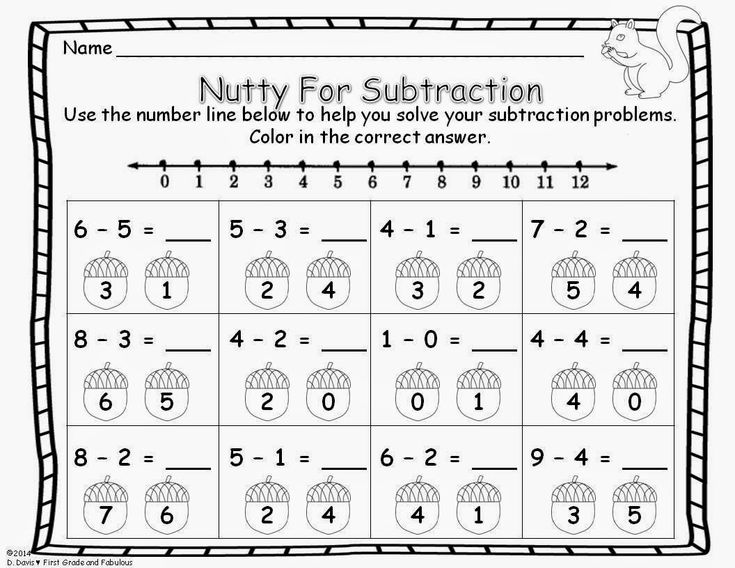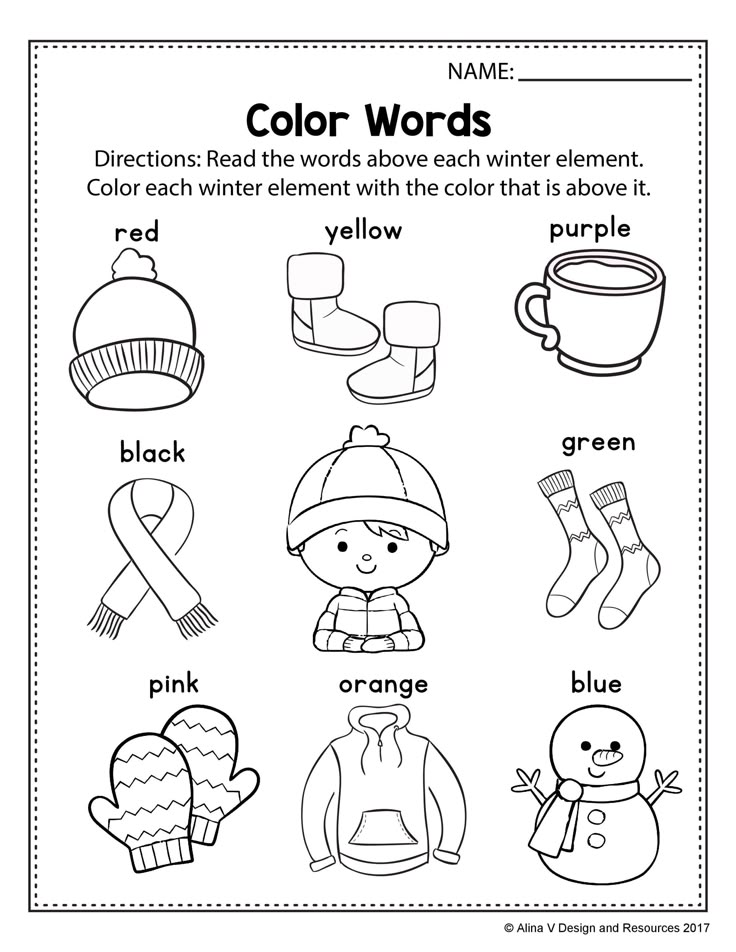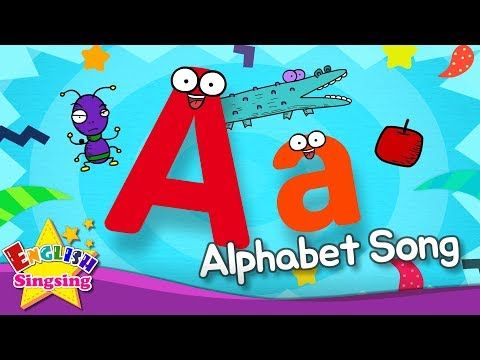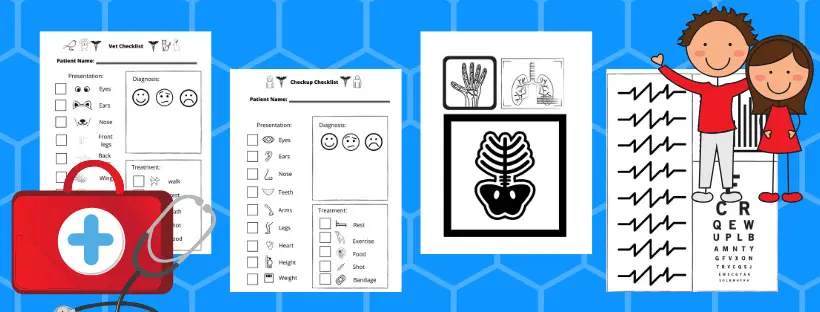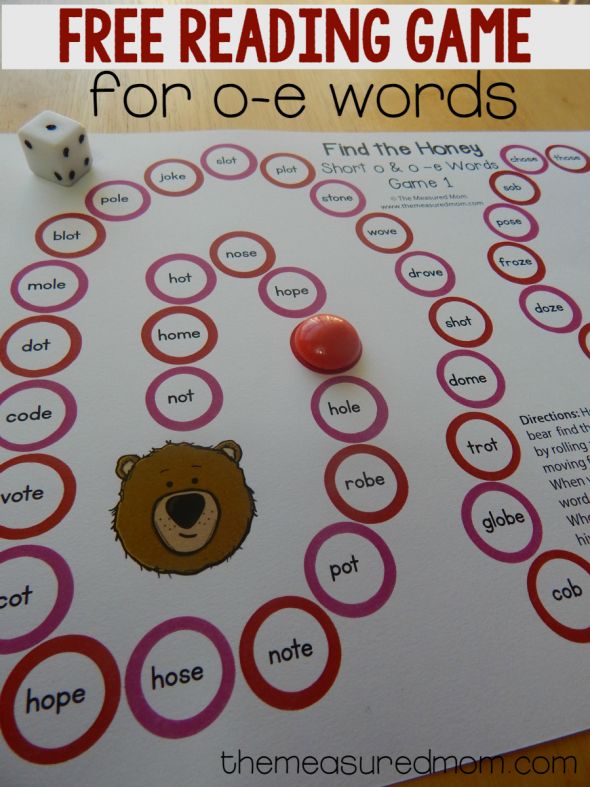Long a sound rules
Spelling With Long A Vowel Teams: Is it AI or AY?
Spelling Generalizations
Is it AI or AY? Decisions…..Decisions
As students expand their knowledge of vowel teams, the number of spelling choices increases and students need some tools for determining which spelling to use. In reading, we generally teach the possible sounds that a letter or combination of letters can make and teach students about the frequency with which these options occur. If the most common sound doesn’t make a real word, students can try another sound choice. But, spelling can be a bit more complicated.
Many spelling generalizations having to do with vowel teams focus on the position of the vowel within the word. This generalization tells us that ai is found at the beginning or middle of a syllable and ay is found at the end a syllable.
Ai will never come at the end of a word.
Some words that follow this generalization include:
Rain paid aim play day
It is helpful to specify syllable rather than word because in a compound word, ay may occur at the end of the first syllable as in the words:
haystack playpen daytime
It is worth noting that students will need to focus on the base word to effectively utilize this spelling generalization. Once a word has suffixes added, ay may no longer be at the end of the word and some suffixes don’t add an additional syllable.
In order to teach this generalization, it is helpful for students to know the vowel team syllable types, be familiar with locating the baseword, and be able to segment a word of 4 or 5 sounds. I find it is generally most helpful to teach the ai and ay separately in reading first. Once students are comfortable and familiar with the phonogram, they are ready for the spelling generalization.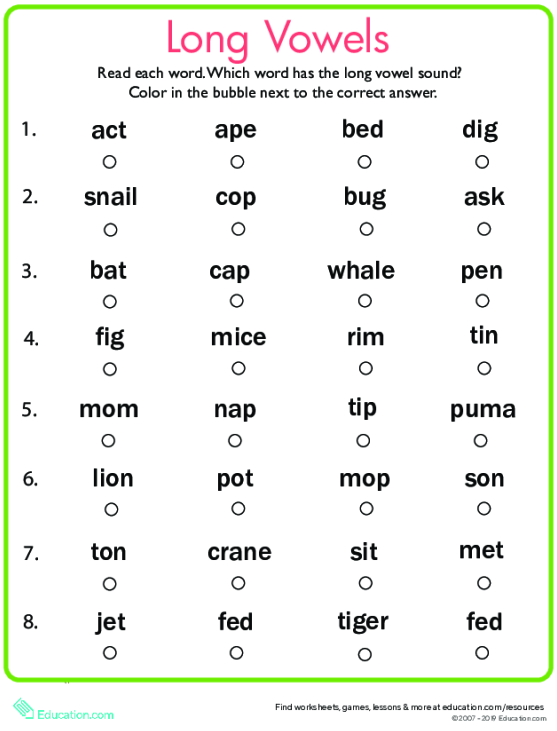 It is important to refrain from giving words ending in ai and ay in dictation until this generalization has been taught. It is very important that teachers use caution when assigning words for dictation.
It is important to refrain from giving words ending in ai and ay in dictation until this generalization has been taught. It is very important that teachers use caution when assigning words for dictation.
Remember: There is no way for the student to accurately determine if a long a sound in the middle of a word is spelling a-e or ai. Teacher prompts such as these 3 words will all use vowel teams can help to remove the uncertainty. The frequency of spelling patterns can also be helpful. Visuals such as a frequency chart, a picture story or a chart of words that fit different patterns can help these tricky spelling decisions become more automatic.
Students can use some guiding questions to help them make a decision when writing a new word:
- What is the base word?
- Where in this word do I hear the long a sound?
- If the long a sound is at the end of the word or syllable, use AY.
- If the long a sound is at the beginning or middle of the word or syllable, consider ai and a-e.
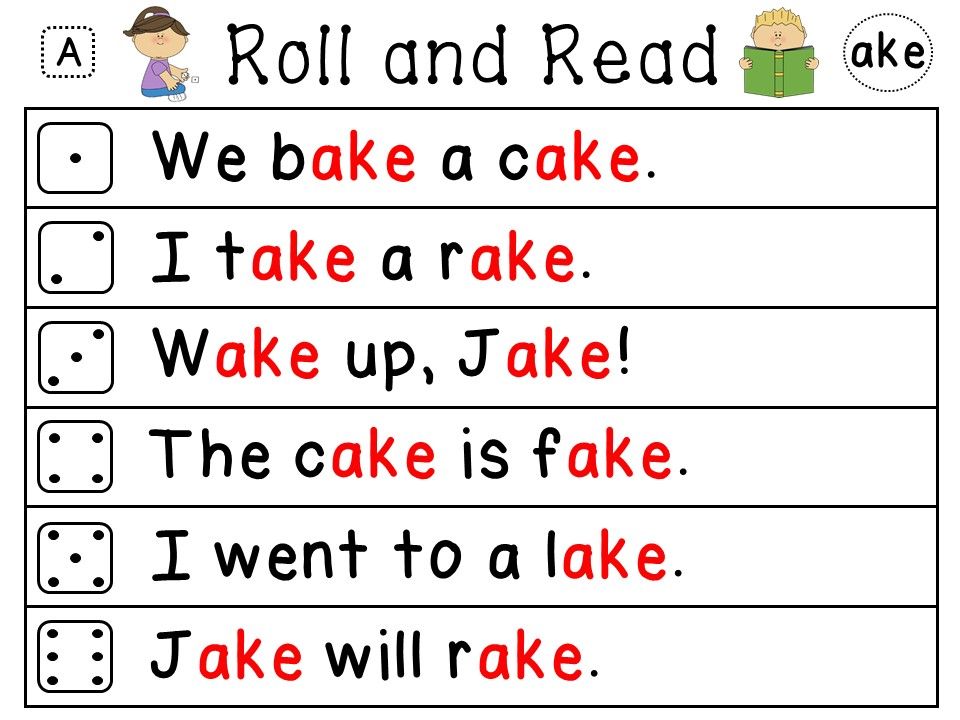
- NOTE: A-E is more common, but a general prompt to use vowel teams can allow students to apply this spelling generalization and practice independently.
Some teaching ideas include:
- Sorting – You can sort words by spelling or sort pictures by vowel sound location to build phonemic awareness skills.
- Start from the known – Although this is likely the first vowel generalization, students should already be familiar with the k/ck and ch/tch Reviewing how tch and ck are found at the end of syllables may help to reinforce this rule.
- Review activities – Spending just a couple of minutes each lesson working with this generalization will help to solidify the learning. Have the student fill in the blank with ay or ai to finish spelling words. Ask them to segment a word into its sounds using counters or blocks and decide whether to use ai or ay.
- Dictation — Make sure to avoid using ai and ay words in dictation (after both of them have been taught) until you have taught this generalization.
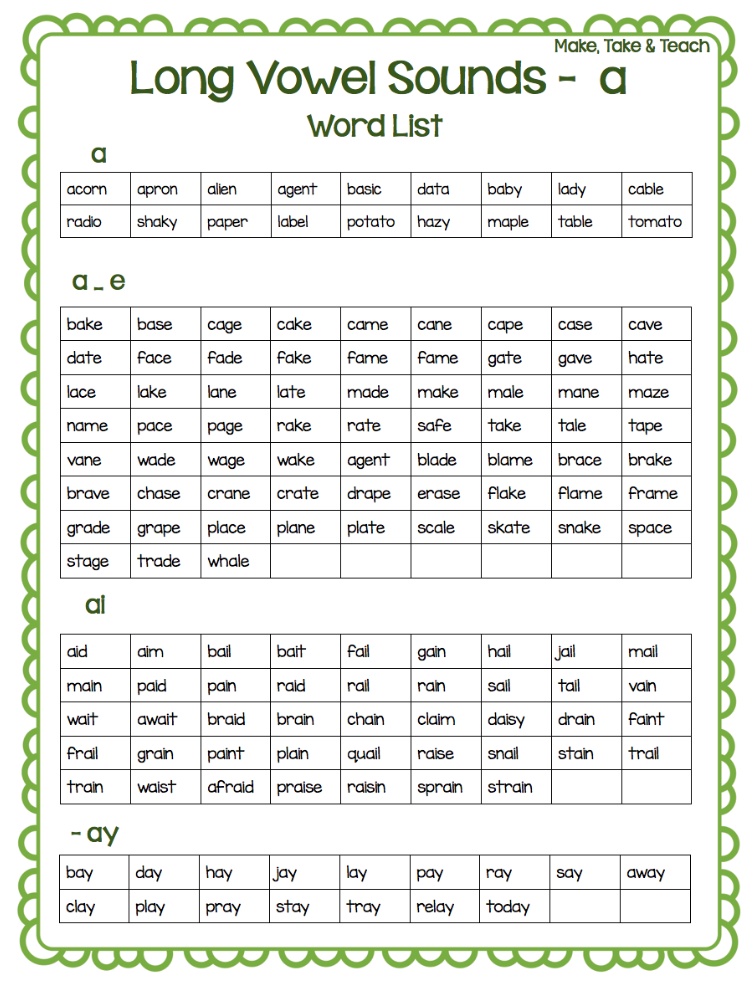 Avoid mixing a-e and vowel team words in dictation. Use a teacher hint or frequency to help students make a spelling choice. Have your student practice finding the base word and applying the spelling generalization before adding the suffix.
Avoid mixing a-e and vowel team words in dictation. Use a teacher hint or frequency to help students make a spelling choice. Have your student practice finding the base word and applying the spelling generalization before adding the suffix.
- Games — Play games where the student not only needs to read, but actually make spelling choices between ai or ay. Make a word list that includes words with ai and ay. Have the student spell a word. If they are able to spell the word correctly, they can roll a die and move along a game board. This basic principle can be adapted in a number of ways. Play ai or ay Jenga, or Don’t Break the Ice or any of the other repurposed games in your collection. Even Go Fish or Concentration can be presented with a spelling twist.
- Spiral and Review – I recommend reviewing this spelling generalization before teaching other vowel team spelling generalizations. I find that each spelling rule lays the foundation for those that follow.
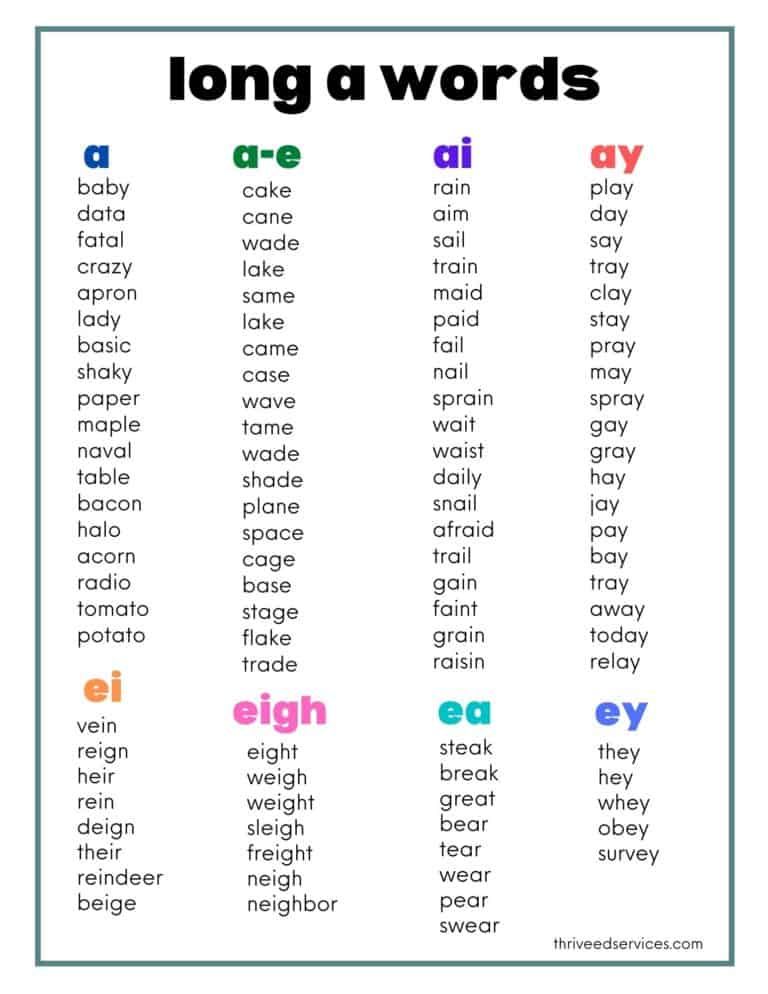
Incorporating ai/ay practice into SOS review words is an excellent way to keep this learning fresh with the previously mentioned provisos. Prompting a student to use a vowel team or vowel-consonant-e patter is better than allowing them to practice an incorrect spelling. If there are few concepts needing intensive review, cycling through spelling generalizations is always an appropriate review.
As new learning is added to your student’s repertoire, especially adding affixes, it is often helpful to review the ai/ay generalization to help situate it within the larger context of English spelling.
- Verbalize – It is very valuable to have students explain the spelling generalization in their own words. Another way to encourage students to have a deep understanding and ability to explain the generalization is to ask them why they made the spelling choice that they did. For example, in the word train, you could ask the student why they used ai, or why they chose to use ay in the word playing or trays.
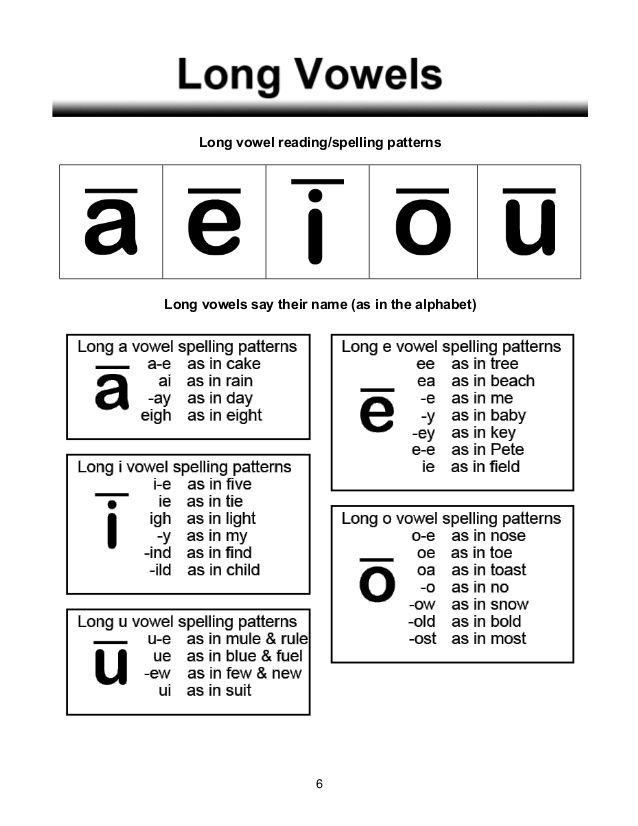 This will often expose any misunderstandings or areas that need clarification.
This will often expose any misunderstandings or areas that need clarification.
Teaching and practicing this spelling generalization will not only provide students with learning differences a valuable tool for spelling, but also through many repetitions of correct spelling with the aid of this guideline, build a repertoire of known words and an overall orthographic awareness.
I’ve created resources to support teaching spelling generalizations over the years, but nothing as comprehensive as this Spelling Generalizations Bundle.
With eleven resources and ALL NEW material, this bundle has EVERYTHING you need to teach spelling generalizations effectively.
It’s sale time! Save up to 25% off in my store on 11/29 and 11/30 with code CYBER21.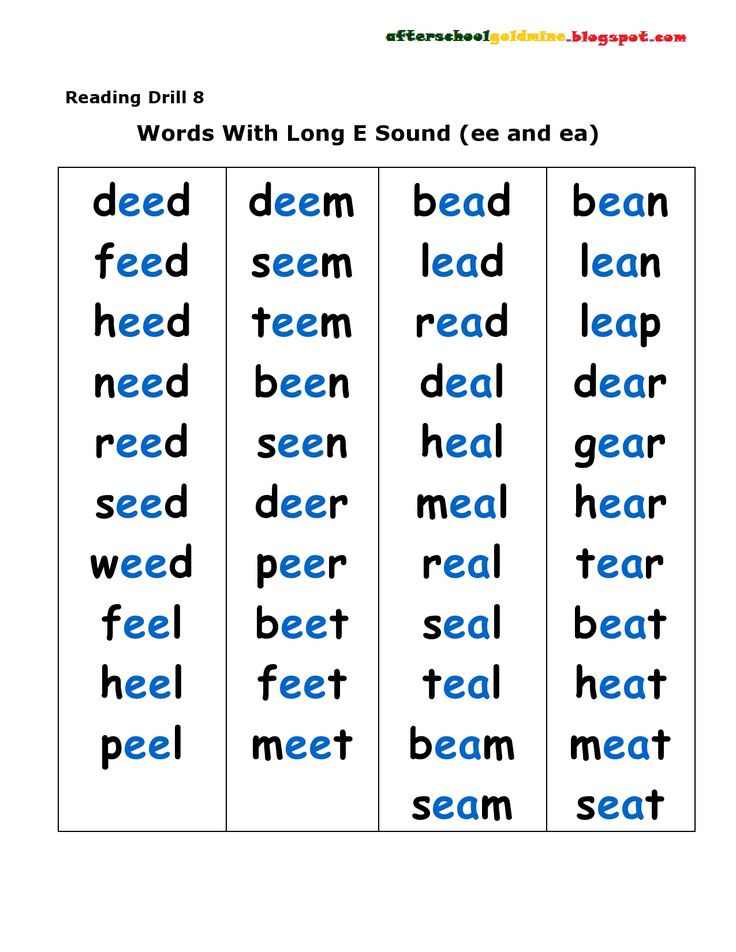 Thanks for the support!
Thanks for the support!
Be sure to catch the other spelling generalization blog posts HERE for LOTS more tips. I’ve got you covered. 😉Share:
Post Tags: #multisensory teaching strategies#Orton-Gillingham spelling#Orton-Gillingham spelling rules#spelling generalizations
Similar Posts
How To Teach The Long A Sound - Thrive Literacy Corner
Sharing is caring!
- Share
- Tweet
Long a is another tricky sound to teach because it has many different ways to spell it. This one only has two spelling generalizations so many will depend on memory and practice. I’m going to break down each of the eight ways to spell the long a sound to help you understand and teach long a to your students.
Looking for a long a word list? You can download the list pictured by signing up below. If you don’t see the signup form, click here.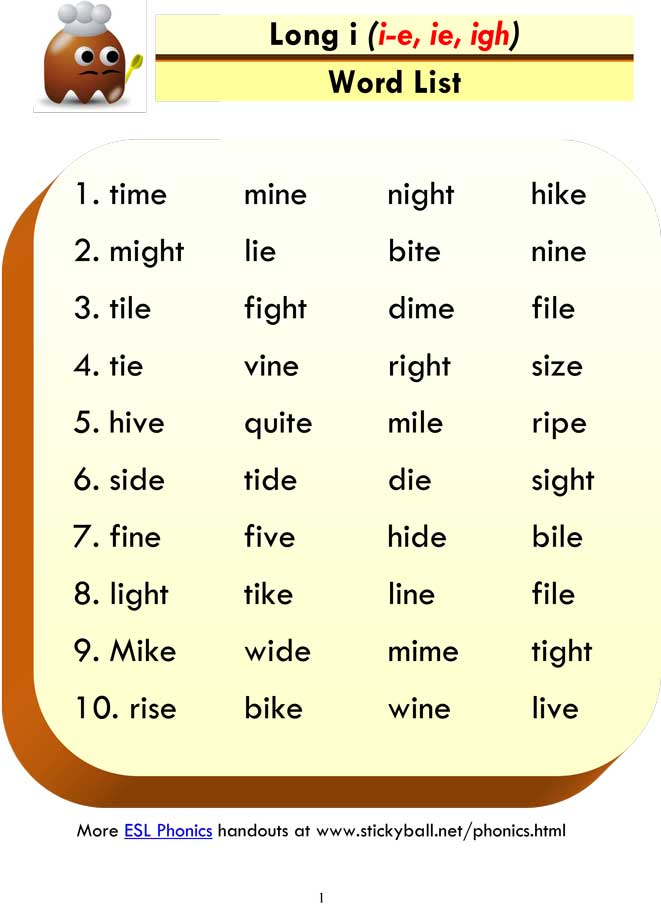
Eight Ways To Spell Long A
The long a sound can be represented by 8 different spelling patterns:
- a – baby
- a_e – cake
- ai – rain
- ay – play
- ei – reindeer
- eigh – weight
- ea – steak
- ey – they
The majority of these are vowel teams, so students should already know the open, silent e, and vowel team syllables. Students should also be able to find the base word, as some of these rules apply to the base word even if it has a suffix.
Spelling Generalizations for Long A
A alone
At the end of an open syllable, a makes the long a sound (says its name). Some examples include able, apron, maple, and lady. Students must understand how to split words into syllables and know what open syllables are.
A_E Spelling Pattern
The a silent e spelling pattern is the most common one you’ll find in the middle of a base word.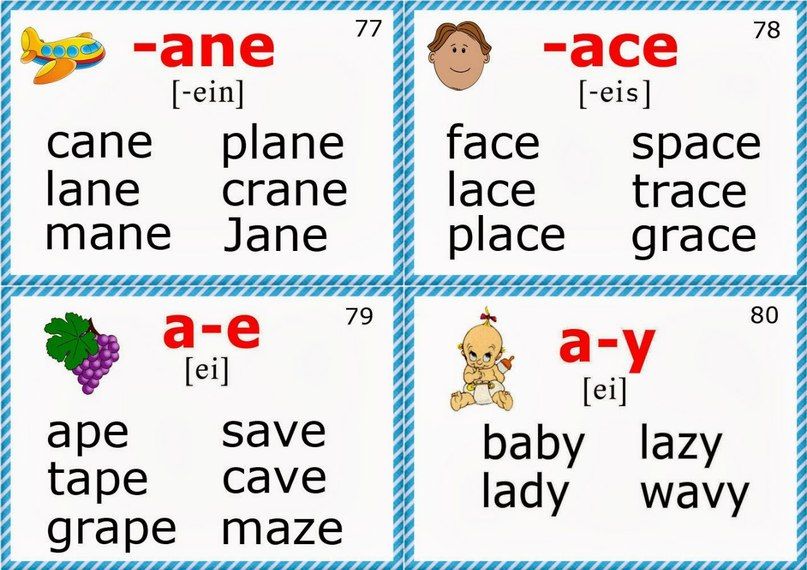 Examples include cake, safe, and behave. Of course, students should be confident with the magic e syllable.
Examples include cake, safe, and behave. Of course, students should be confident with the magic e syllable.
AI Vowel Team
AI sometimes spells the long a sound in the beginning or middle of a base word. You will notice that most of these words end with the letter n, but this is just an observation you can share with students, not a rule!
AY Vowel Team
Ay usually spells the long a sound at the end of a base word. Examples include may and tray.
EY Vowel Team
There are only 10 commonly known words spelled with the ey phonogram at the end of the word: they, hey, grey, prey, obey, convey, purvey, survey, whey, and abeyance. You can teach these as a group. Most other words that say long a at the end of the word are spelled with ay.
EI Vowel Team
The EI spelling pattern for long a is not very common. There is no rule for this spelling pattern.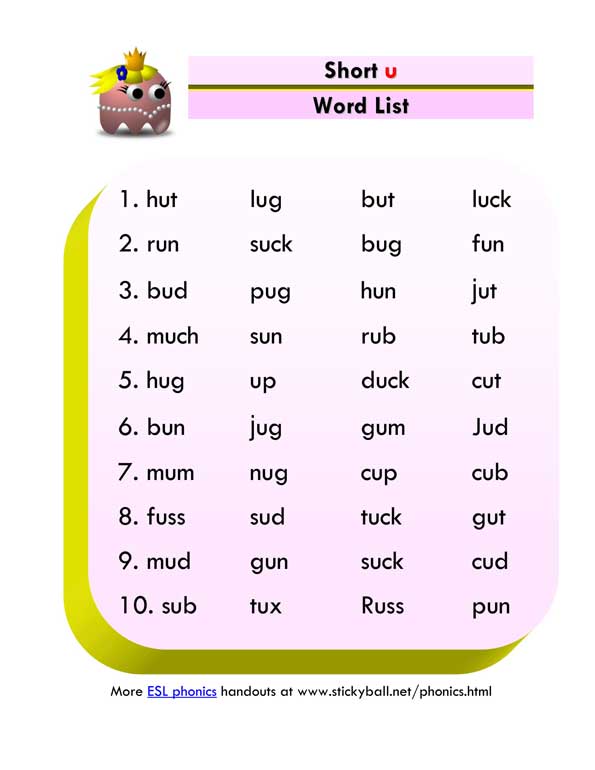 Examples include rein, beige, and heir.
Examples include rein, beige, and heir.
EIGH
EIGH can spell the long a sound at the end of a word. This is another uncommon option. Examples include eight and weigh. Teach these as a group.
EA
This is by far the least common way to spell the long a sound. I would also teach these words in a group: steak, great, break. Then you have the EA+R words like bear, tear, wear, pear, and swear.
Tips For Teaching The Long A Sound
When you start teaching long a, you really have to focus on spelling generalizations, homophones, and homographs. Teach one spelling pattern at a time, and once one is mastered you can add in another. It’s much easier to learn how to read these than to learn how to spell. Since they all sound the same and can appear in the same place, choosing the right spelling pattern can be tricky.
Teach the process for deciding on the spelling pattern.
Once students are familiar with all the options for spelling long a and they know open syllables and the silent e syllable, you can teach them the process for determining the spelling pattern a word has.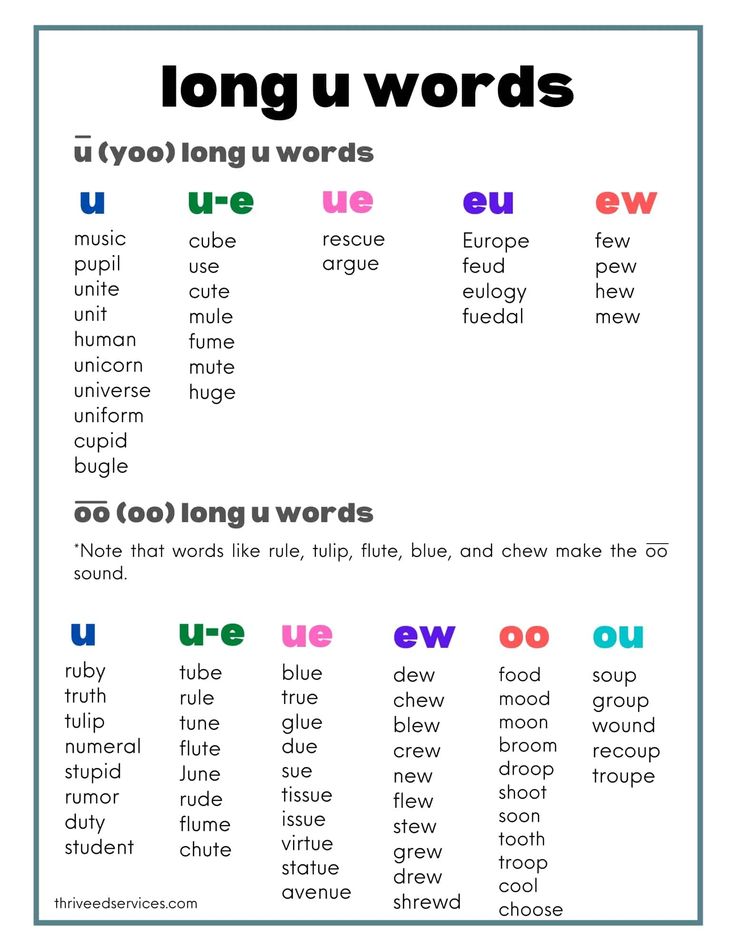
When students come across a word with long a and they need to figure out which spelling pattern to choose, here are the questions they can ask:
- Is there more than one syllable?
- Is there a base word?
- Where is the long a sound in the word?
- Could this be one of those rare spelling options?
Students should first break the word into its syllables, and go through the questions.
This will take some practice so try going through a set of words with your students a few times, then have them do some more on their own. This is the same process they will use with other long vowel sounds so it’s a great skill for them to have.
Also, because there are multiple options expect students to get them wrong sometimes, and tell them this! It’s ok if they make mistakes as long as it’s another valid spelling option and not something that doesn’t follow any rules. Through repeated exposure and practice they will eventually internalize the correct spelling pattern for words.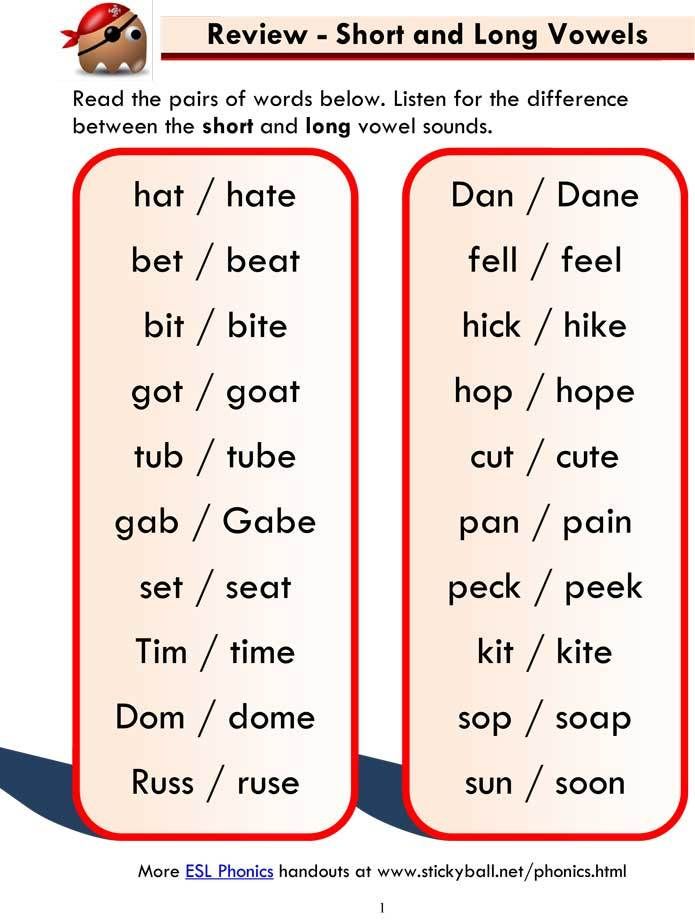
Long A Activities & Lesson Ideas
Phoneme Grapheme Mapping – This is a great activity that really isolates the phonograms for students to practice. You can get the Phonics & Spelling Through Grapheme Mapping book and follow the long a lesson, or use my long a word list to do the same activity using sound boxes. See below for examples.
SOS – If you don’t already know what Simultaneous Oral Spelling is, then check out this post here. I love this multisensory spelling method for practicing spelling. And you can do this whole class or one on one making it really easy to use in any setting.
Dictation – This is another fantastic activity but I would do this after you have spent some time on long a because it is harder for students. Also when dictating words, give students a clue about the spelling such as telling them it’s a vowel team or open syllable. I often dictate words that all have the same spelling pattern to avoid these problems.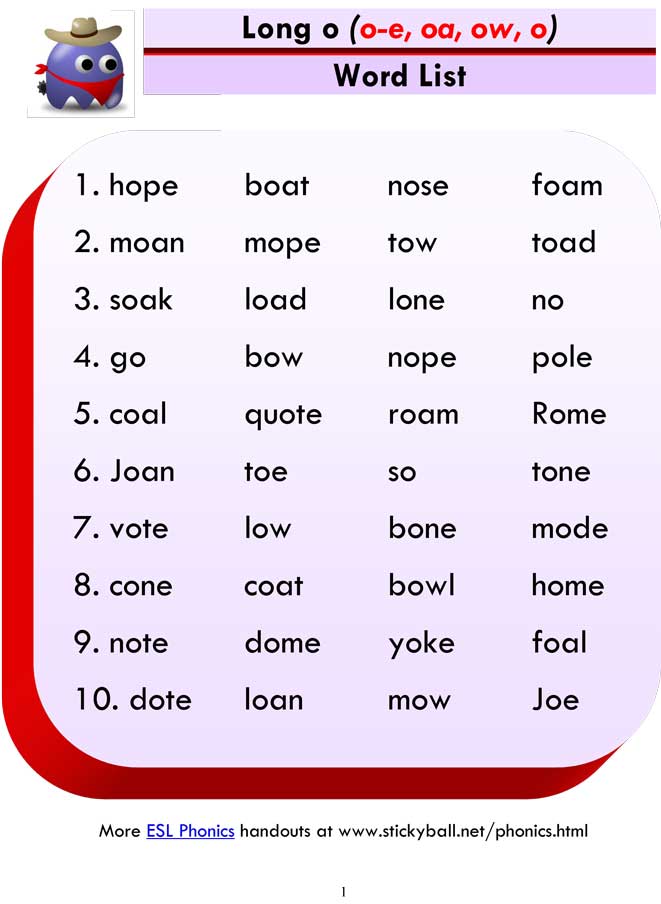
Sorting – Sorting is always a good idea when you have multiple options for spelling. You can play matching games like memory, just sort them into piles/columns, or create any game that requires sorting by spelling pattern. This builds phonemic awareness so it’s always a good activity for all students.
You can also sort by color coding the vowel team or spelling pattern in the words. I took the list from the SOS activity, then had my student highlight each vowel team in a specific color to more visually show the groups.
I include 3 different sorting activities for the long a sound in my Long A Worksheets & Activities set.
Picture cue cards – Create visual graphics of tricky words, homophones, and homographs. These picture cues really help students remember which pattern to use. I suggest you make these using index cards and keep them in a baggie or box for reference. See an example below (it’s for a long o sound but you get the idea).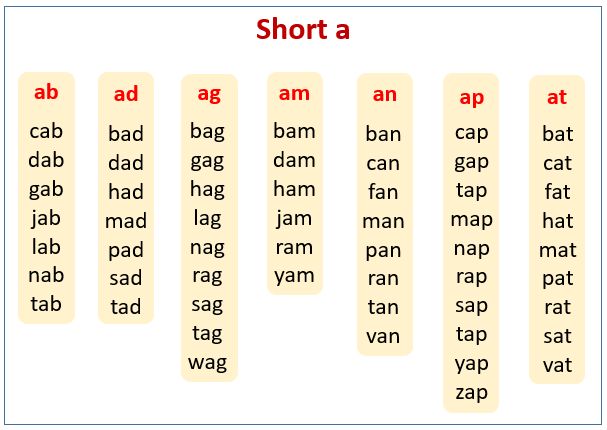
Games – Of course, I always include games because it’s just so easy to add a stack of flashcards to any game and make it educational! Use an easy to play board game where students need to pick up a card on their turn and add a task like reading the word aloud and sorting it, or asking another player to spell it, or even something as simple as having them air write the word after reading it aloud. Or print off teacher-made games and worksheets in my Long A Worksheets & Activities set.
Constant Review – Remember to keep these spelling patterns in constant review after they are learned, so they are not forgotten. Using a sound wall or phonogram drills are great ways to do this without it taking up a lot of time. The set below includes 16 different activities that focus on the long a sound to help students get enough practice and review.
Want to remember this? Save How To Teach The Long A Sound to your favorite Pinterest board!
Sharing is caring!
- Share
- Tweet
9.
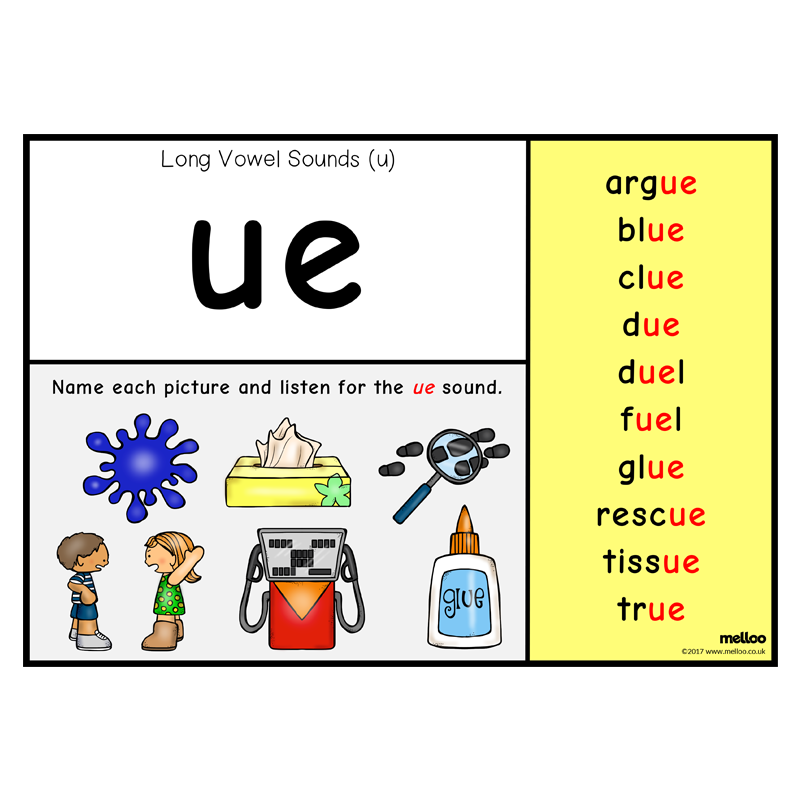 Sound signals - orgperevozok.ru
Sound signals - orgperevozok.ru IX. Sound signals in railway transport
96. Sound signals during the movement of trains are given by whistles of locomotives, multiple unit trains, special self-propelled railway rolling stock, wind horns, hand whistles.
| Signal | Signal value | Who serves | |
| Three short | Stop! | Locomotive brigade, chief conductor, station and other employees | |
| One long | “Go train” | on duty at the park on duty, signaling, signaling, wages, martyrs post or chief conductor; the driver of the leading locomotive answers; the driver of the second locomotive repeats the signal with double traction. If the train departs from a railway track with an exit traffic light, this signal is given by the driver of the leading locomotive after the opening of the exit traffic light; the driver of the second locomotive repeats the signal with double traction | |
| Three long | Requirement for employees servicing the train to "Brake" | Driver of the lead locomotive; The signal is repeated by the second locomotive driver at a double thrust | |
| Two long | Requirement for employees serving the train, “release brakes” | 9000 | on the arrival of the train on the arrival of the train on station not at full strength | The driver of the leading locomotive |
| Three long and two short | Call to the locomotive of the assistant driver, chief (mechanic-foreman) of the passenger train, head of the business train | locomotive of a stopped train | |
| Double traction | |||
| One short | Requirement for the second locomotive driver to reduce the thrust of | The driver of the leading locomotive, repeats the signal of the second locomotive driver | 9002 | Two long ones and two short ones | Requirement for the driver of the second locomotive “Lower the pantograph” |
| Following with a pushing locomotive | |||
| Two short | The requirement to start pushing | The driver of the leading locomotive; the driver of the pushing locomotive repeats the signal | |
| One short, one long and one short | Request to stop pushing, but keep up with the train | ||
| Four long | Request to stop pushing and go back | ||
In this case, the order of giving the signal “Lower pantograph” by the driver of the pushing locomotive is established by the owner of the infrastructure, the owner of non-public railway tracks.
2. In the presence of radio communication, sound signals when trains are running with double traction or with a pusher locomotive can be replaced by negotiations between drivers.
97. Warning signal - one long whistle, and when moving along the wrong railway track - one long, short and long whistle of a locomotive, multiple unit train, special self-propelled railway rolling stock is given:
1) when a train approaches railway stations, waypoints , passenger stopping points, portable and hand signals requiring a reduction in speed, signal signs "C", cuts, curved sections of the railway track, tunnels, level crossings, removable railcars, removable repair towers, track cars and other removable mobile units, and on railway ways of non-public use, in addition, when approaching car dumpers, bunkers, overpasses, wagon scales, devices for restoring the flowability of goods, garages for defrosting goods, as well as other objects located on non-public railway tracks;
2) when a train approaches the place of work, starting from the kilometer preceding the one indicated in the warning, regardless of the presence of portable signals;
3) upon perception of the manual signal "Lower the pantograph" given by the signalman;
4) when approaching people on the railway track and in other cases established by the owner of the infrastructure, the owner of non-public railway tracks.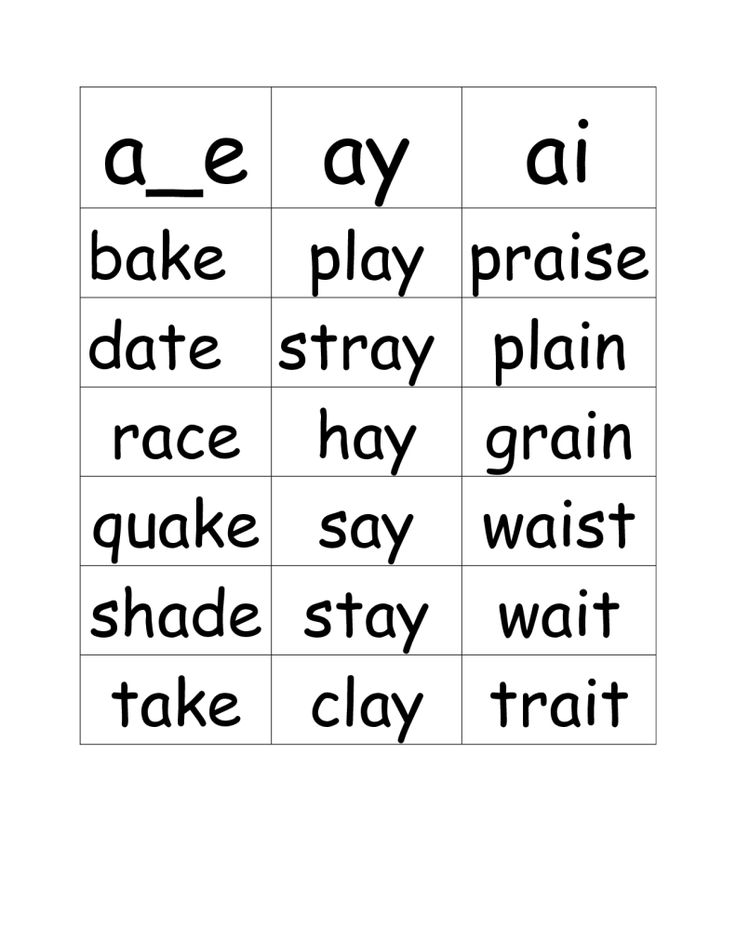
When following during fog, blizzard and other adverse conditions that reduce visibility, the warning signal is repeated several times.
Compilers of trains who have stopped maneuvers due to the acceptance of a train, signalmen and turnouts on duty at a warning signal are required to check and make sure that the safety of the movement of the received train is ensured in their section.
98. Vigilance signal is given by one short and one long whistle of a locomotive, multiple unit train, special self-propelled railway rolling stock and is periodically repeated:
- site;
2) when following a traffic light with a red light, as well as with an incomprehensible indication or extinguished after parking in front of it and further following the block section;
3) when approaching an entrance traffic light with a moon-white flashing light of the invitation signal and in all other cases when a train is received at a railway station with a prohibitory indication or the main lights of the entrance signal have gone out;
4) when a train is received on the wrong track (in the absence of an input signal on this track). This signal should also be given during further movement along the neck of the railway station.
This signal should also be given during further movement along the neck of the railway station.
99. When trains meet on hauls of double-track sections, notification signals are given with one long whistle: the first signal - when approaching an oncoming train, the second - when approaching the tail section of an oncoming train.
100. Sound signals about the approach of the train are given:
1) on the stage - by linemen of railway tracks and artificial structures, duty officers at railway crossings, supervisors of track works and works on the contact network or employees accompanying removable repair towers and traveling cars;
2) at railway stations - by signalmen and attendants of input turnouts.
An odd-numbered train is signaled by one, and an even-numbered train by two long beeps.
Signalmen and attendants at the entrance turnouts, having heard the signal for the departure of the train, give one long horn.
101. At railway stations and hauls located within the boundaries of large cities and towns, resort areas, according to the list established by the owner of the infrastructure, the owner of non-public railway tracks, the sound signals are given by locomotives, multiple unit trains, special self-propelled railway rolling stock low volume whistle, except for the cases of locomotives in trains with pushing, there is a threat of collision with people or obstacles, as well as the need to give vigilance and alarm signals.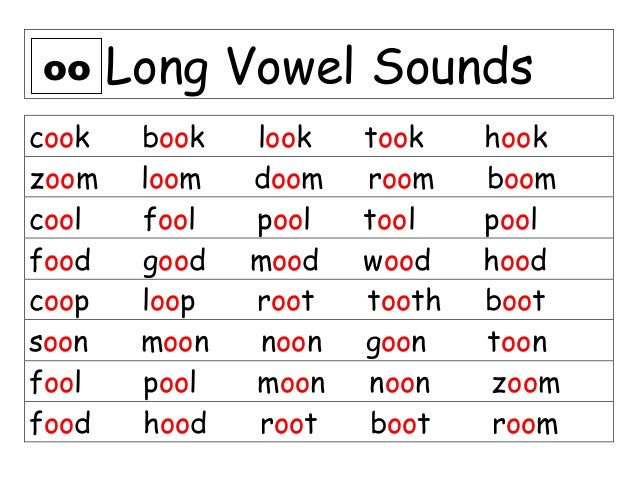
At the same railway stations, whistle signals of a locomotive, multi-unit train, special self-propelled railway rolling stock are not given when trains depart, when autobrakes are tested, and when driving along depot railway tracks. The procedure for notifying passengers about the departure of trains at such railway stations is established by the owner of the infrastructure, the owner of non-public railway tracks.
What do the beeps mean when you turn on your computer?
Some users are interested in what the sounds that the computer produces when it is turned on or during operation mean. We decided to help, and below is a list of signals and what they mean.
Award BIOS
- No Signals - Faulty or not connected to the motherboard power supply.
- Continuous signal - The power supply is faulty. Replacement required.
- 1 short beep - No errors found. The typical behavior of a healthy computer is that the computer boots normally.
- 2 short beeps - Minor errors detected.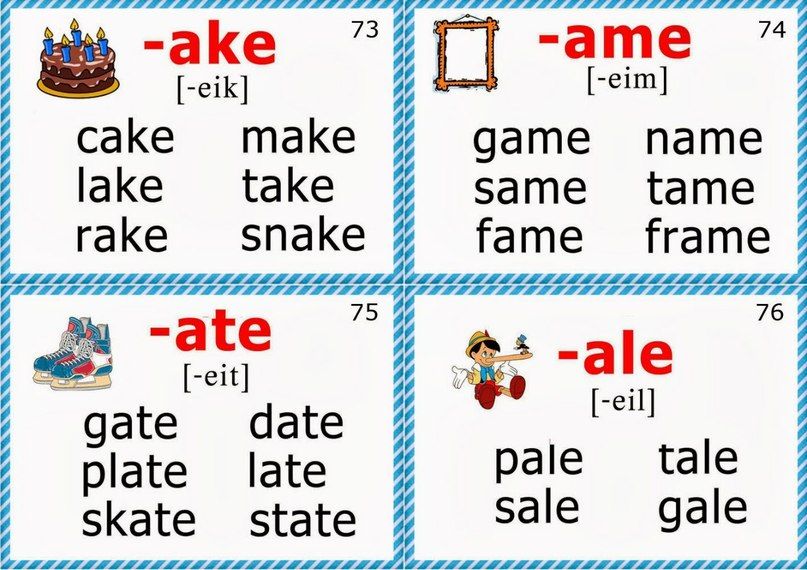 The monitor screen prompts you to enter the CMOS Setup Utility program to correct the situation. Check the reliability of the fastening of the cables in the connectors of the hard drive and the motherboard.
The monitor screen prompts you to enter the CMOS Setup Utility program to correct the situation. Check the reliability of the fastening of the cables in the connectors of the hard drive and the motherboard.
- 3 long beeps - Keyboard controller error. Restart your computer. The motherboard may need to be replaced.
- 1 long + 1 short beeps - RAM problems detected. Check if the memory modules are installed correctly. Or replace with other memory modules.
-1 long + 2 short beeps - A problem with the video card is the most common malfunction. It is recommended to remove the board and reinsert it. Also check the connection to the monitor video card.
-1 long + 3 short beeps - Keyboard initialization failed. Check the connection between the keyboard and the connector on the motherboard.
-1 long + 9 short beeps - Error while reading data from the permanent memory chip. Reboot the computer or reflash the contents of the chip (if this mode is supported).
-1 long repeating beep - Incorrect installation of memory modules. Try removing and inserting them again.
Try removing and inserting them again.
-1 short repetitive beep - Problems with the power supply. Try to remove the dust accumulated in it.
AMI BIOS
- No Signals - Faulty or not connected to the motherboard power supply.
-1 short beep - No errors found. The computer is ready to go.
-2 short beeps - RAM parity error. Restart your computer. Check the memory module installation. The memory modules may need to be replaced.
-3 short beeps - Error during operation of the main memory (first 64 KB). Restart your computer. Check the installation of memory modules in the slots. The memory modules may need to be replaced.
-4 short beeps - The system timer is faulty. The motherboard may need to be replaced.
-5 short beeps - Faulty CPU. The processor may need to be replaced.
-6 short beeps - Faulty keyboard controller. Check the quality of the connection of the latter with the connector on the motherboard. Try replacing the keyboard. If this does not help, then the motherboard may need to be replaced.
-7 short beeps - The motherboard is faulty.
-8 short beeps - Problems with the video card.
-9 short beeps - BIOS chip checksum error. A corresponding message may appear on the monitor screen. Either the chip needs to be replaced or its contents rewritten (if it is Flash memory).
-10 short - Unable to write to CMOS memory. The CMOS chip or motherboard needs to be replaced.
-11 short beeps - Faulty external cache. The cache modules need to be replaced.
-1 long + 2 short beeps - The video card is faulty. Check the connection of the monitor to the connector on the video card. The video card may need to be replaced.
-1 long + 3 short beeps - The video card is faulty. Check the connection of the monitor to the connector on the video card. The video card may need to be replaced.
-1 long + 8 short beeps - Problems with the video card, or the monitor is not connected. Check the installation of the video card in the expansion slot again.
Phoenix BIOS
Phonenix BIOS manufacturers have developed their own interleaving system.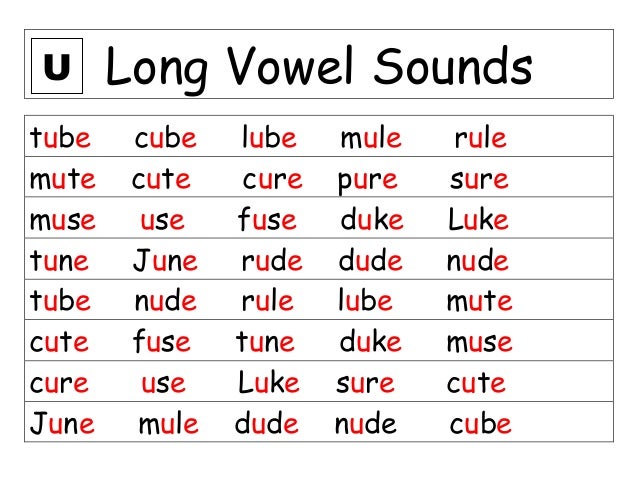
-1-1-3 - Error writing / reading CMOS data. The CMOS memory chip or motherboard needs to be replaced. Also, the battery powering the CMOS memory chip may have run out.
-1-1-4 - BIOS chip content checksum error. Requires BIOS chip replacement or flashing (when using Flash memory).
-1-2-1 - Faulty motherboard. Turn off your computer for a while. If that doesn't work, then replace the motherboard.
-1-2-2 - DMA controller initialization failed. The motherboard may need to be replaced.
-1-2-3 - An error occurred while trying to read / write to one of the DMA channels. The motherboard may need to be replaced.
-1-3-1 - Problem with RAM. Replace memory modules.
- 1-3-3 - An error occurred while testing the first 64 KB of RAM. Replace memory modules.
- 1-3-4 - Error when testing the first 64 KB of RAM. Replace memory modules.
- 1-4-1 - The motherboard is faulty. It may need to be replaced.
- 1-4-2 - Problem with RAM. Check the installation of memory modules in the slots.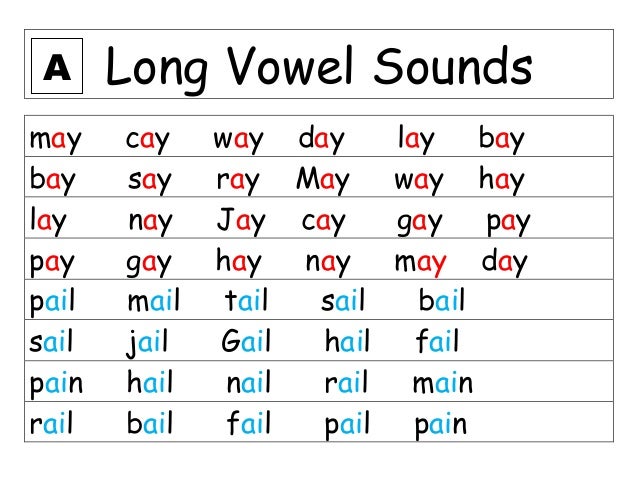
- 1-4-3 - System timer error. The motherboard may need to be replaced.
- 1-4-4 - Error accessing the I / O port. This error may be caused by a peripheral device using this port for its work.
- 3-1-1 - Error initializing the second DMA channel. The motherboard may need to be replaced.
- 3-1-2 - Error initializing the first DMA channel. The motherboard may need to be replaced.
- 3-1-4 - The motherboard is faulty. Turn off your computer for a while. If this does not help, then you will have to replace the motherboard.
- 3-2-4 - Keyboard controller error. The motherboard may need to be replaced.
- 3-3-4 - Error during video memory test. The video card itself may be faulty. Check the installation of the video card in the expansion slot.
- 4-2-1 - System timer error. The motherboard may need to be replaced.
- 4-2-3 - Error during operation of line A20. The keyboard controller is faulty. Try replacing the motherboard or keyboard controller.





